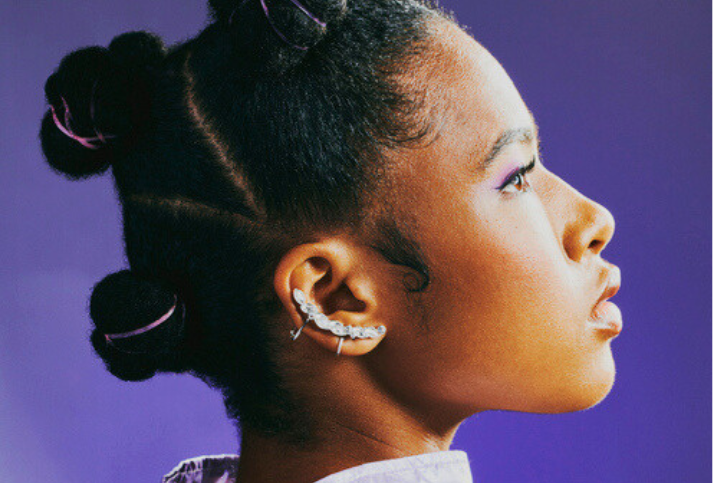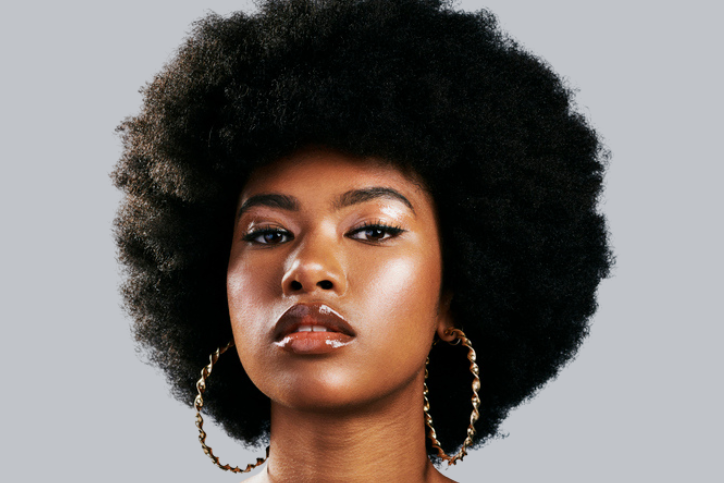How to Achieve Fuller, Healthier Edges: A Complete Guide

Are you tired of dealing with thinning or receding edges? Are you constantly searching for solutions to help restore your hairline to its former glory? You're not alone. Hair loss, particularly around the edges, is a common concern for many individuals, and the good news is that there are steps you can take to promote regrowth and achieve healthier, fuller edges.
In this comprehensive guide, we'll explore effective strategies and techniques to help you grow back your edges naturally. From understanding the underlying causes of edge loss to implementing targeted treatments and lifestyle adjustments, we'll cover everything you need to know to embark on your journey to regaining confidence in your hairline.
Understanding the Root Causes of Edge Loss
Before we delve into solutions, it's crucial to grasp why you might be experiencing edge thinning or recession. Here are some common culprits:
1. Tight Hairstyles - One of the primary factors contributing to thinning edges is the consistent strain exerted by tightly styled hair, particularly along the delicate perimeter of your hairline. This repeated tension doesn't just lead to hair loss; it can also inflict harm upon the hair follicles themselves. Whether it's the adhesive or sewing of wigs and weaves, tightly braided hairstyles, elevated ponytails, or continually sleeked-back looks, all these practices can cause a specific form of hair loss known as traction alopecia.
2. Chemical Damage - Overuse of harsh chemicals like relaxers or frequent coloring weakens the hair shaft, making it prone to breakage and thinning.
3. Poor Scalp Health - A lack of proper scalp care can impede hair growth, causing issues like dryness, inflammation, and clogged follicles.
4. Nutritional Deficiencies - Insufficient intake of essential nutrients can compromise hair health and contribute to thinning edges.
5. Stress - Although breakage often appears as the primary cause of thinning edges rather than complete hair loss, external factors such as stress have the potential to disrupt the natural hair growth cycle, resulting in temporary pause of hair growth. In such instances, once the stress subsides, hair typically resumes its regular growth pattern.
6. Medical Conditions - Various health-related factors such as postpartum shedding, androgenetic alopecia, anemia, or insufficient vitamin D levels can impact the health of your hair. It's advisable to seek guidance from your healthcare provider initially to identify any underlying health conditions that may be influencing your hair loss
How To Grow Your Edges Back
Now, let's explore actionable steps to stimulate edge regrowth and promote overall hair health:
Gentle Hair Care Routine - Avoid tight hairstyles and opt for looser styles to minimize tension on your edges. Use a sulfate-free shampoo and conditioner to cleanse and hydrate your hair without stripping its natural oils. Opt for our Moisturizing Wash Day Bundle, a top-notch choice that combines a sulfate-free shampoo with our premium hydrating conditioner, offering the perfect solution for nourished, refreshed hair
Scalp Nourishment - Incorporate our Herbal Hair and Scalp Oil into your routine. Formulated with neem, ginger, and lavender, this potent blend nourishes the scalp, stimulates circulation, and promotes hair growth. Massage a few drops onto your scalp regularly to revitalize your follicles and encourage new hair growth.
Balanced Diet - Ensure your diet is rich in essential vitamins and minerals necessary for hair health. Incorporate foods like leafy greens, eggs, nuts, and fish, or consider supplements to fill any nutritional gaps.
Stress Management - Practice stress-reducing techniques such as meditation, yoga, or deep breathing exercises to mitigate the impact of stress on your hair growth cycle.
Pause For A While - Avoid leaving any protective style in place for longer than 6 to 8 weeks. Following the removal of a protective style, allow your hair at least a 2 week of downtime before transitioning to a new style. This break is crucial for giving your hair the opportunity to recover and rejuvenate.
Contact A Specialist - If you find that the methods mentioned above are not yielding the desired results, it's recommended to seek additional guidance from a dermatologist or trichologist. These specialists possess the expertise to offer further assistance and personalized solutions tailored to your specific hair and scalp needs.
Embrace Your Hair Journey with Confidence
Regrowing your edges requires patience, consistency, and a holistic approach to hair care. By understanding the causes of edge loss and implementing targeted strategies such as gentle hair care practices, a nutritious diet, scalp massage, topical treatments, and protective styling, you can promote healthy regrowth and reclaim confidence in your hairline.



